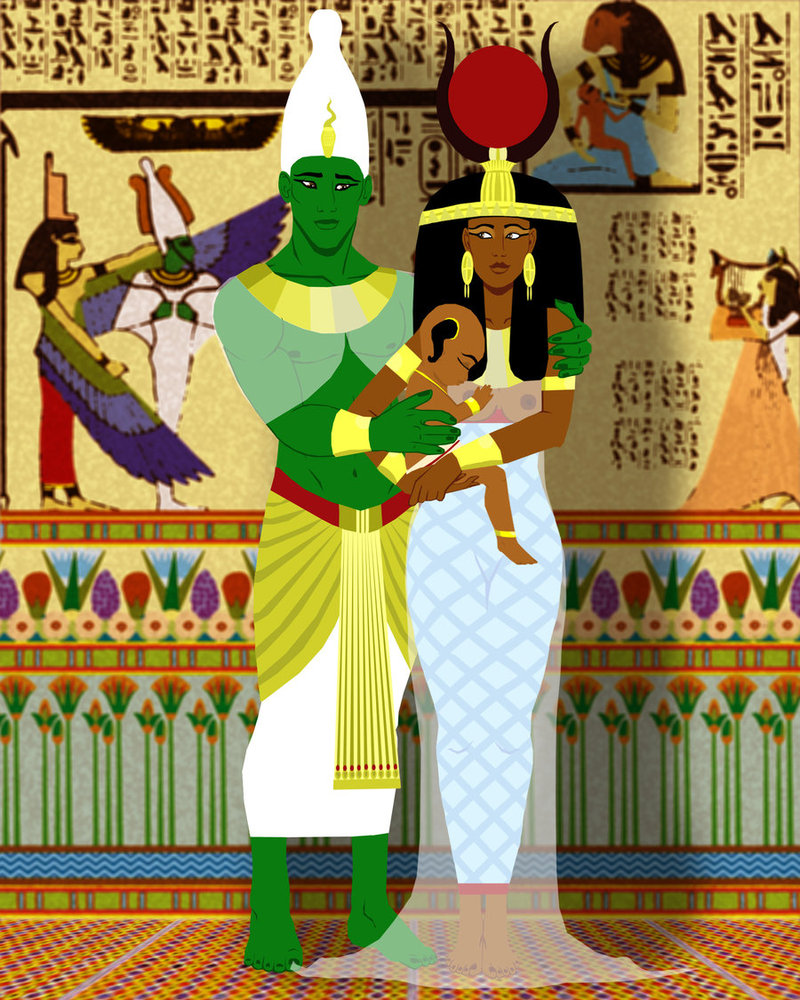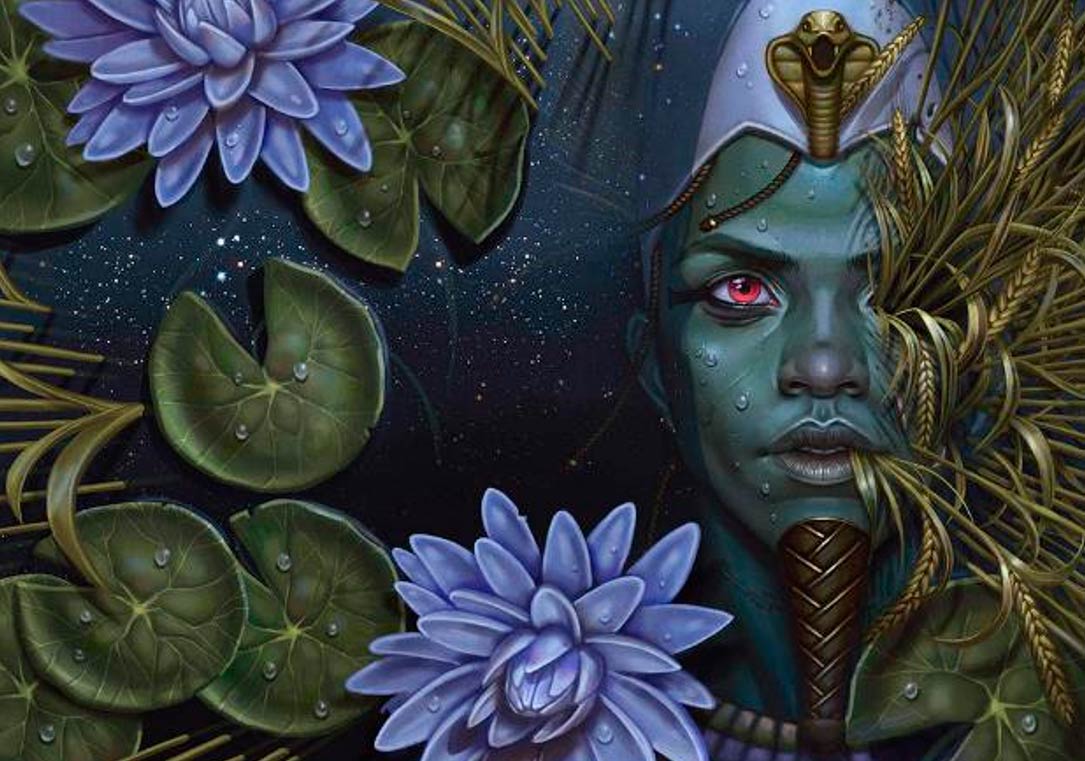
These colors may originally have been connected with decay, but as time went on they were said to reflect Osiris’s role in the cyclical nature of life and death, as manifested by plants.

#Egyptian osiris skin#
The little skin left unwrapped-usually his face and hands-was typically green or black. Atefs were synonymous with Osiris, though he was not the only god to wear one. He was often depicted wearing an atef-a combination of the hedjet crown, two ostrich feathers, and two horns. Osiris was usually portrayed as a mostly-mummified king. One of Osiris’s epithets, “Foremost of the Westerners,” originated from Khentamentiu of Abydos, a funerary deity that Osiris ultimately replaced.

While the meaning of Osiris’s name is unclear, the epithet “Mighty One” is commonly attributed to him and may allude to his role as Death personified. The best approximation of Osiris’s name as it was written in Ancient Egyptian is the unpronounceable letter jumble: jsjrt.

While the presence of vowels was indicated by certain characters, the nature of the vowels themselves was left ambiguous. Before the development of the Coptic language (the most recent form of Ancient Egyptian) between 300BCE and 200CE, the Egyptian written language did not include any vowels. This etymological chain has made the original meaning of these ancient names difficult to decipher. Almost all names from Egyptian mythology have made their way to English through the Coptic language, which was first translated into Greek before being translated into Latin.


 0 kommentar(er)
0 kommentar(er)
